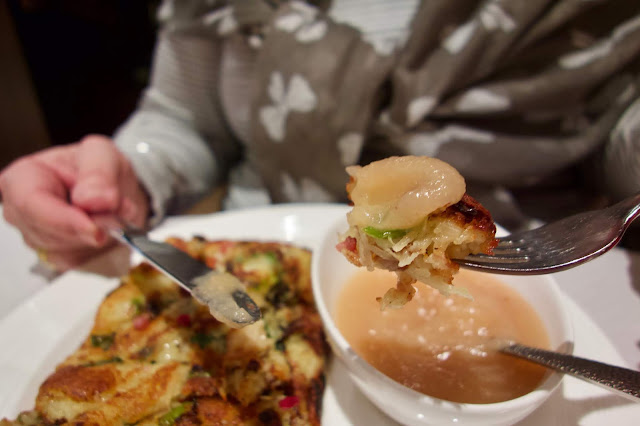The Red Oxen, Zum Roten Ochsen
This was my first visit to The Red Ox (Rote Ochse) in the ancient city of Heidelberg, in the southwest of Germany, straddling the river Necker. Ancient? The word barely covers it.
Prehistory: Between 600,00 and 200,000 years ago, The Heidelberg Man died nearby. His body was discovered in 1907.
Romans? Of course, until 260 AD, when Germanic tribes took over.
Celts? Yep
Byzantine Empire? Check.
Old news, right? Can’t connect those with anything? Let’s step forward a few years. Invaders and conquers by the numbers. Thirty Years War. France took over. The Swedes took over. Back and forth for centuries. Visit the famous Heidelberg Castle and see how Louis XIV’s army used gunpowder to make one of the massive turrets come crashing down.
Enough about war. The city has a population of around 160,000, with a quarter of them students. The University of Heidelberg was founded in 1386, making it the 20tholdest university in Europe. (First is the University of Bologna, Italy, 1088; second is Oxford, England, 1096.)
That brings us to The Red Oxen, Zum Roten Ochsen, over 300 years old and long known as a student drinking and driving dining hangout. For the last 175 years it’s been owned by the Spengel family. Still is.
A few hundred years of student drinking has left it’s marks and blemishes. But, that only adds to the flavor of this fine old restaurant. Over 400 photos cover the walls and every wooden table is a mosaic of carved initials. The walls hold initials, too. On shelves above sit rows of drinking mugs.
 |
| All the table tops are like this. Seating is bench style, so you'll likely be seated with random strangers. |
As you can imagine, famous footstep have trod the wooden floors and famous hands have lifted a flagon or two, from poets and painters, to political figures and well known scientists, along with Helmut Kohl, a former Chancellor of Germany and Mark Twain. In Twain’s case, I’m told he drank at the Red Ox and later wrote about his German adventures.
And what is true about Heidelberg is true wherever you go on this side of the Atlantic. Something in Europe always fascinates, and nothing fascinates me more than the deep and endless wells of history that make the present seldom what it seems. You see a church and catch a date, but it’s only a date, without the benefit of knowing how people lived and what they celebrated and what they suffered. There is no ‘simply now’ in Europe. The faces of the old folks share even more modern history. Can you peer through the wrinkled skin, the thinning hair, now gray and disheveled? Do you bother to ask, or perhaps you fear the old don’t speak your language. And what about the history of people and places who came before them? It’s been said many times, when an old person dies, a bit of history dies with them.
We’re left with only books that describe the stone and bricks we see, mere skeletons of the past. Even within the very old faces, if we’re lucky we can barely peel back one layer. The history we think we know is only a thin coat of scratched and peeling paint.
Still, we try to know. The other night, our foray into the sprawling old city along the river, was only a soft step into the historic dust trod by thousands of students and professors and invaders.
But by now, most of you, and also the most clever will plead: Forget all that dusty history stuff and tell us about the damn food!
Executive summary: Delicious, both food and drink.
Read on only if you have time. My companion ordered a plate of smoked salmon, smoked trout and pickled herring, with a stylishly mixed salad and a bowl of country style potatoes, which the Germans call Brotkartoffeln, or bread potatoes.
I had pork steaks in a rich, dark beer gravy and a side of crispy French fries. I’ve found the Germans use beer in their cooking as often as the French use wine. Both give such a full, rich flavor to any dish.
She drank a half liter of alcohol free beer and I had a glass of half-dry white wine. Yes, white wine. I’ve long since thrown off the dictates of those who know what they’re talking about and choose to wallow in the ignorance of my own preferences and taste buds.
A word about German alcohol free beer: Delicious, with robust flavor, but with slightly sweeter notes.
And as I wrote earlier, all was rich and delicious, but there’s more.
If you’ve been to Germany and seen how Germans put away enormous quantities, you know we must have been sated. Well, yes, but….still room for dessert. A lavish platter of house made ice creams, chocolate mousse, and a slice of apple strudel, with a dollop of the richest whipped cream. Coffee? Hell yes. Two cups of double espresso, please.
Around us, conversation buzzed and the service of the matronly staff was impeccable. Our server didn’t just speak tolerable English (as opposed to my intolerable German), she spoke perfect English.
Speaking of English, and by that I mean the Queen’s English, I’d say we had a jolly evening, and a wonderful repast in a fine old restaurant, which sits on a narrow cobblestone street. Yes, we fully enjoyed the taste and aroma and surroundings of historic Heidelberg. Prost!



















































